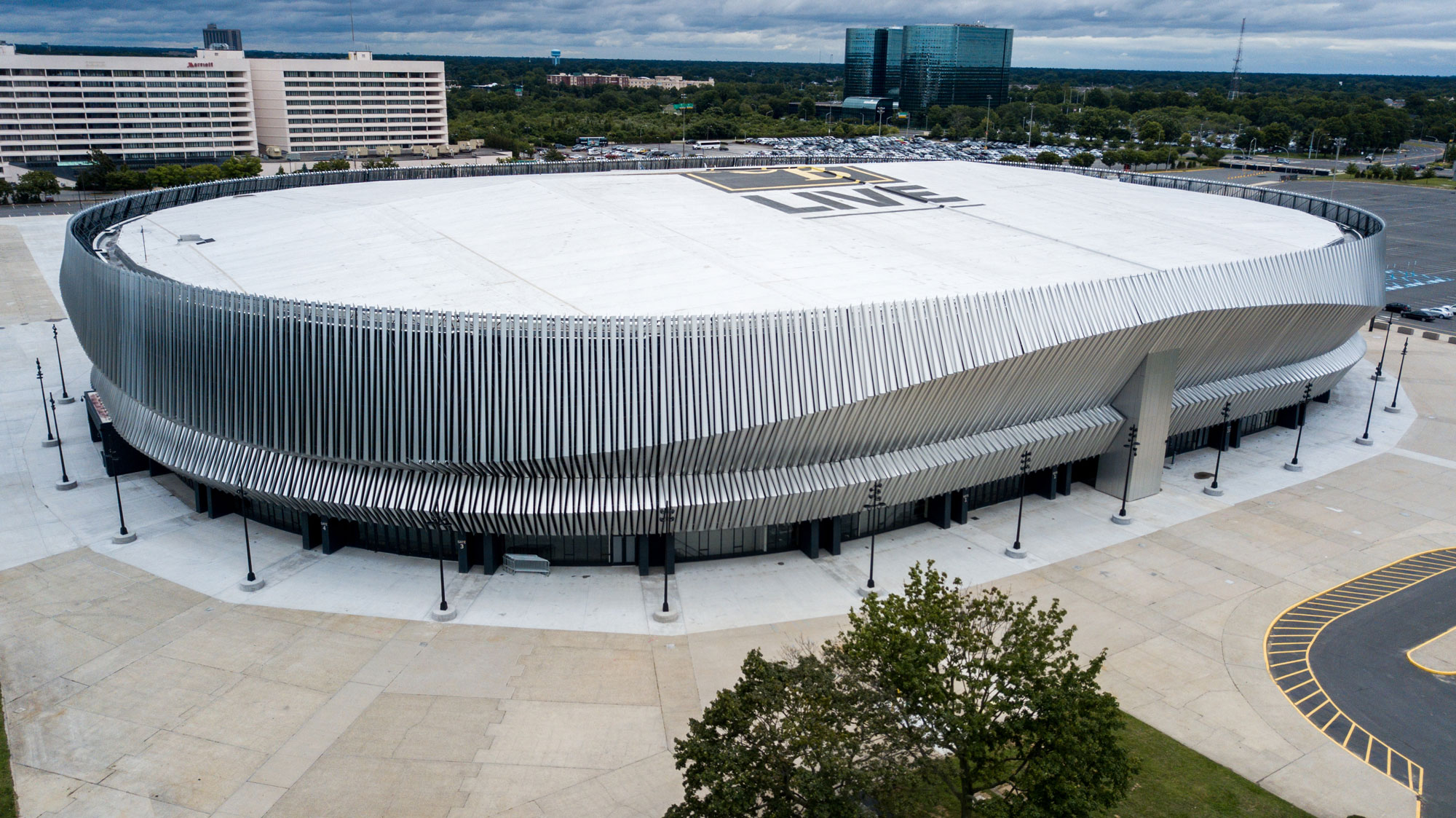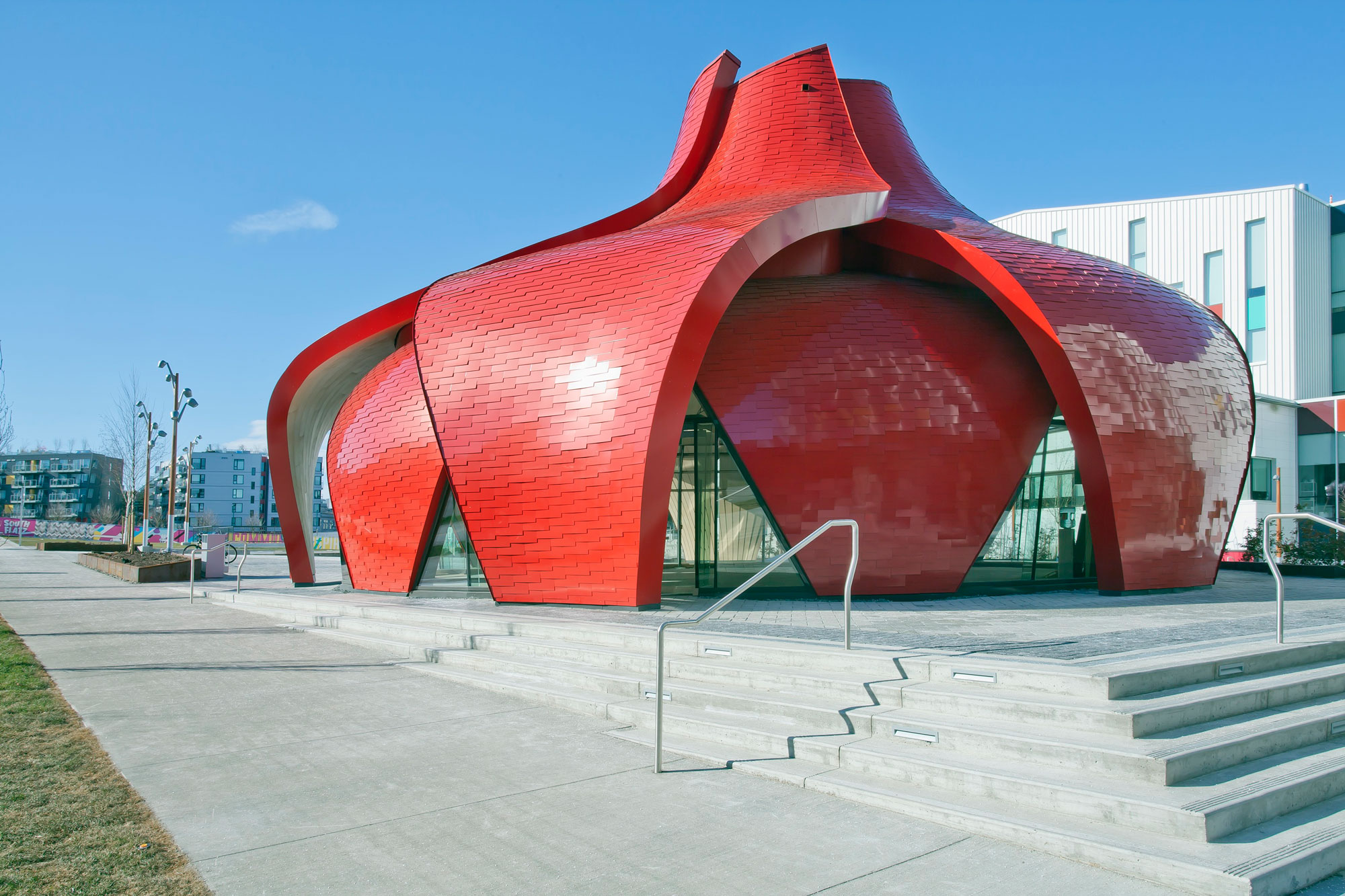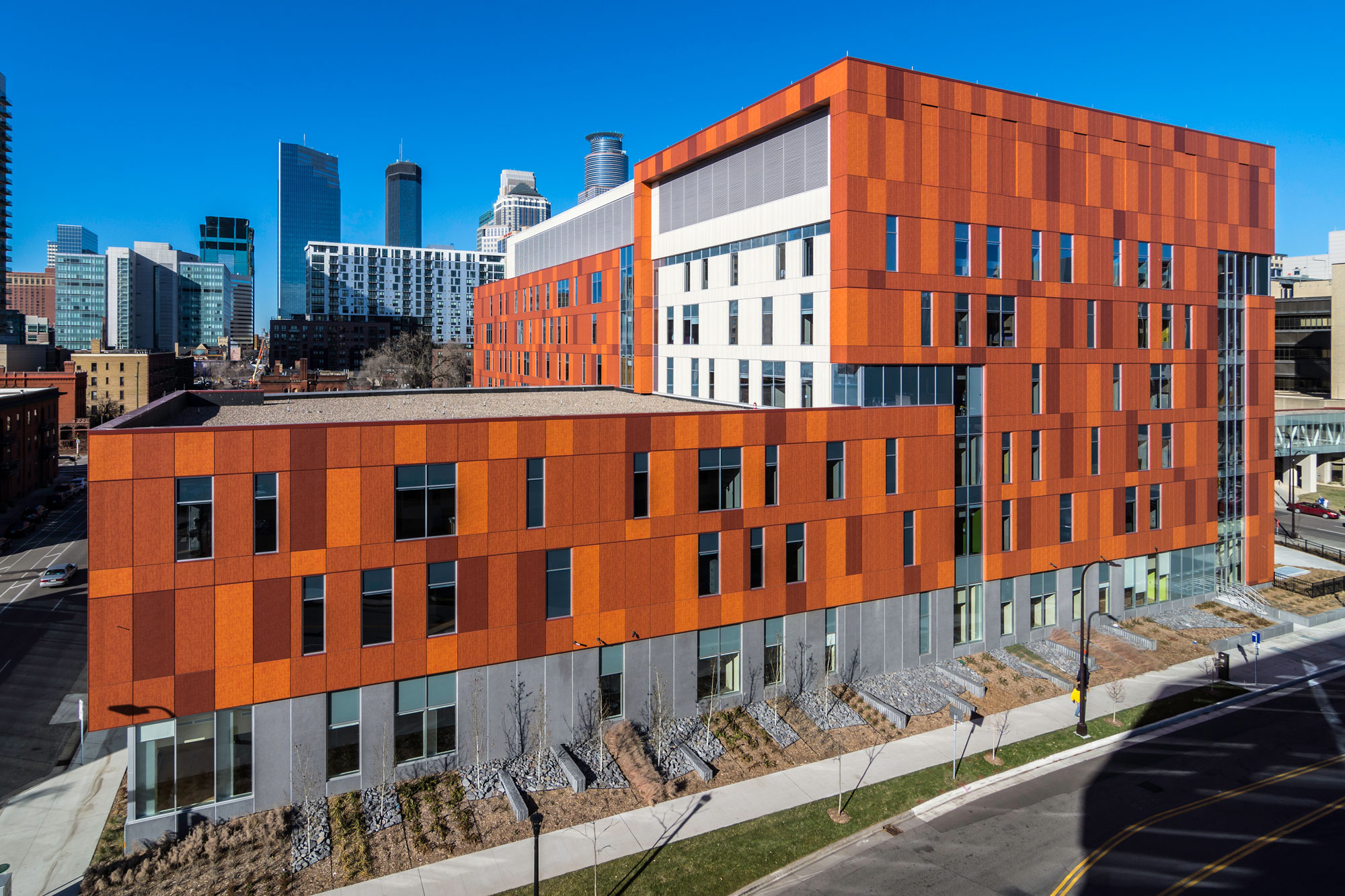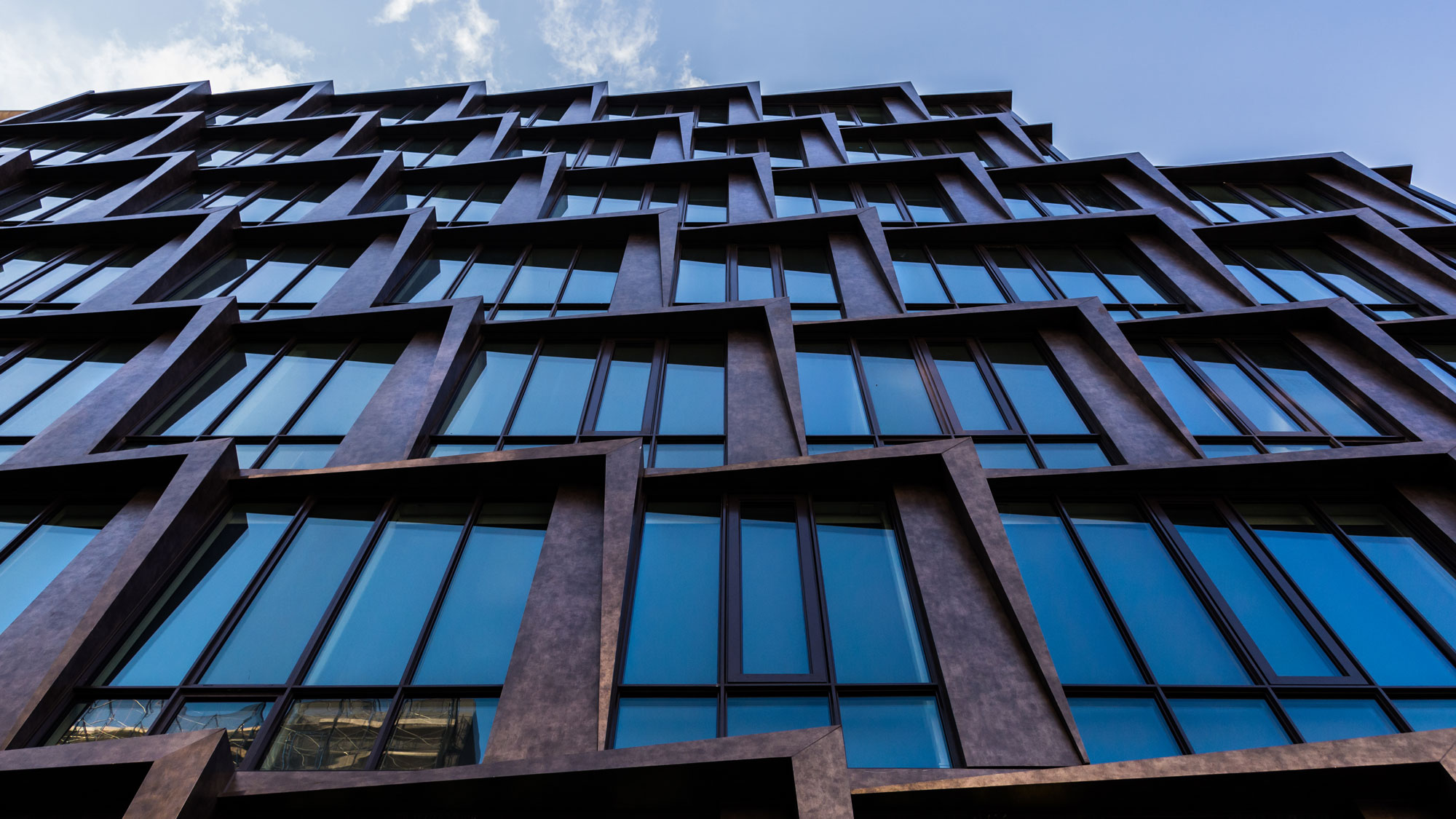Coatings specifications allow an engineer or architect to specify finishes based on performance. The specifications for coatings include any painted structure such as bridges, buildings, or even signs. Within these specifications, shortcuts exist, to enable an architect or engineer to spec a coating system based on resin chemistry.

Within the architectural space, there are a handful of resin types available; Polyurethanes, Polysiloxanes, Air Dry, 1 Component Acrylic Systems, Super Durable Polyesters, pvdf and FEVE. In the fluoropolymer market specifically, these are two choices; PVDF versus FEVE. The specification between the two is based on factors including the intended application and aesthetics. Both types perform extremely well in this space, achieving the best longevity in an organic coating system.
Being familiar with resin chemistry can allow the specification of coatings based on factors such as durability and life-cycle. For this, fluoropolymers are the chemistry of choice. Often unknown when writing specifications, in addition to being able to call out performance qualities, specific chemistry can be specified as well.

When considering the specification of a resin, performance is key. For instance, durability can be examined through gloss retention and color retention performance. For brightly colored architectural structures, the ability for a coating to maintain its luster and hue is crucial. Gloss retention as a specific specification is important for water tanks where gloss retention standards exist.
FEVE-resin based coatings can be used in architectural specs that meet the AAMA 2605 standard. One of the main aspects of that standard is the ability of a coating to maintain 50% gloss retention after ten years.

Additionally, the specification may differ based on whether the coating is factory or field-applied. There are different types of coatings that are used within those applications. Factory application allows the usage of heat, which allows the use of powder coatings. These coatings require heat to cure and special spray equipment that is currently only feasible in a factory setting. Within a field application, the use of an oven is not available, which impacts the type of coating system available. These factors are equally important to call out in a specification.
The Architectural Specification Guidelines for both Field-Applied and Factory-Applied Applications
